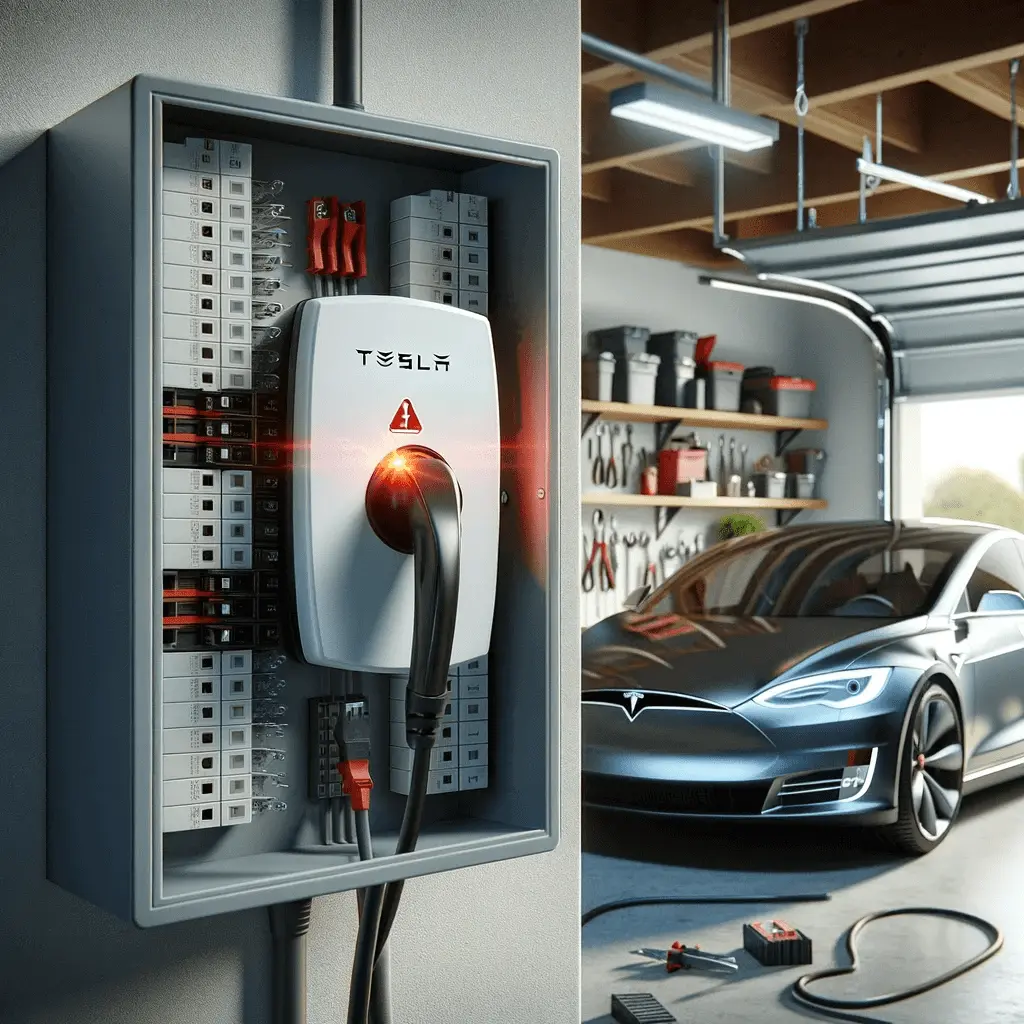There are a few reasons why your Tesla charger might be tripping a 110V breaker.
- The breaker is overloaded. The 110V breaker is designed to handle a certain amount of power. If you are charging your Tesla at a high amperage, it is possible to overload the breaker. This will cause the breaker to trip and shut off the power to the charger.
- The outlet is damaged. The outlet that you are using to charge your Tesla may be damaged. This can cause the charger to draw more power than it should, which can overload the breaker.
- The charger is faulty. It is possible that the charger itself is faulty. If the charger is not working properly, it can draw more power than it should, which can overload the breaker.
If your Tesla charger is tripping a 110V breaker, here are a few things you can do to troubleshoot the problem:
- Check the amperage setting on the charger. Make sure that the charger is set to the lowest amperage setting that will still allow you to charge your Tesla at a reasonable rate.
- Inspect the outlet. Look for any signs of damage, such as loose wires or exposed copper. If you see any damage, do not use the outlet.
- Try a different outlet. If you have another 110V outlet available, try using that one to charge your Tesla.
- Contact Tesla customer support. If you have tried all of the above and your Tesla charger is still tripping the breaker, you may need to contact Tesla customer support for further assistance.
Here are some additional tips to help prevent your Tesla charger from tripping a 110V breaker:
- Use a quality charger. Make sure to use a high-quality Tesla charger. A cheap or faulty charger may not be able to dissipate heat properly, which can lead to overheating and tripping the breaker.
- Don’t overload the outlet. Make sure that the outlet that you are using to charge your Tesla is not overloaded. If you are using other appliances on the same circuit, make sure that they are not drawing too much power.
- Check for loose connections. Make sure that all connections between the charger and the outlet are tight. A loose connection can restrict the flow of electricity and generate heat, which can lead to tripping the breaker.
- Keep the charger clean. Make sure to keep the charger clean and free of debris. Debris can build up on the charger and cause it to overheat, which can lead to tripping the breaker.
Tesla Charging Station Maintenance: How to Keep it in Good Condition
By following these tips, you can help to prevent your Tesla charger from tripping a 110V breaker and prevent a potential fire hazard.
Was this helpful?
Thanks for your feedback!
